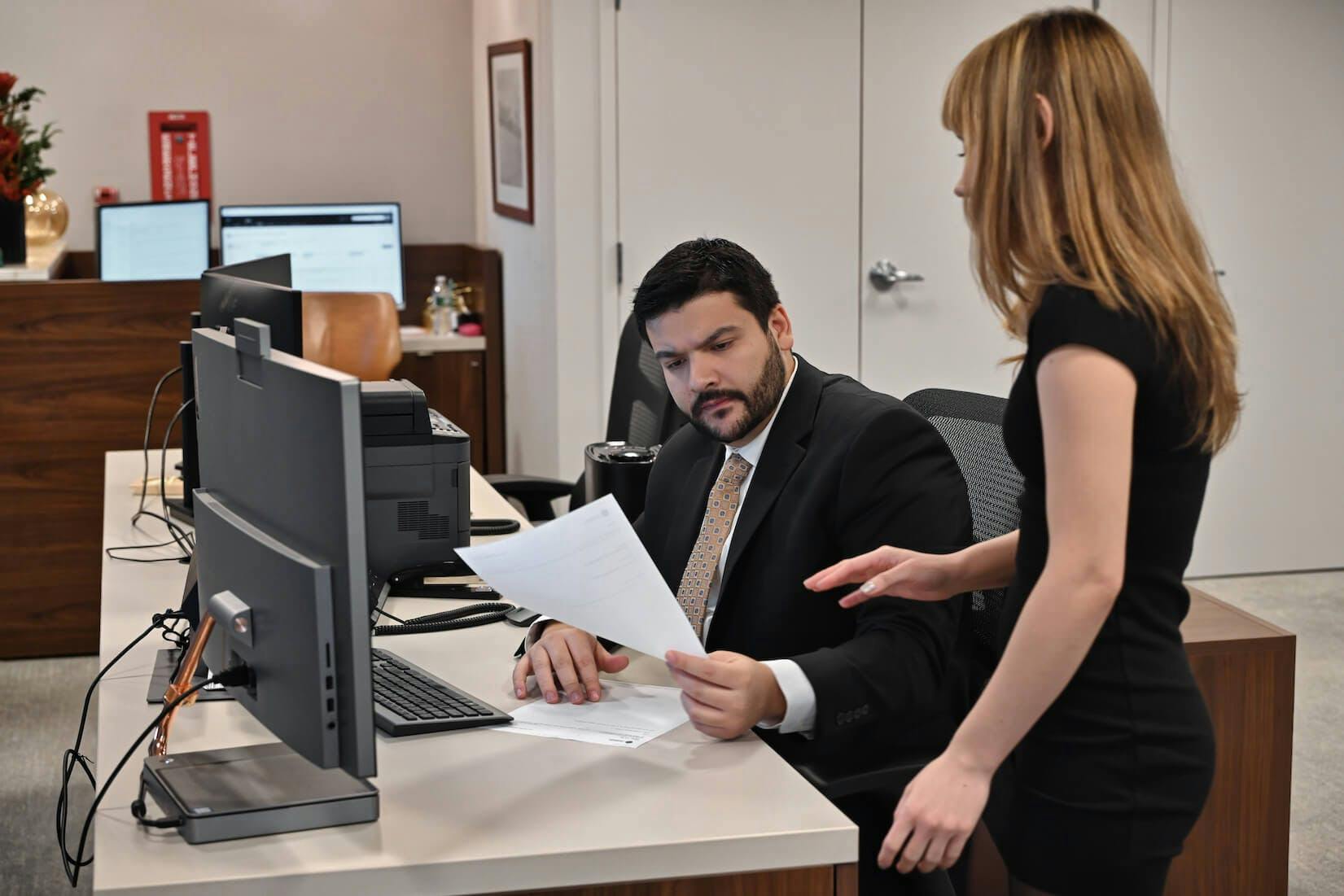Risks of Involuntary Bankruptcy – An Overview
Is an extreme – and risky – creditor's remedy that protects against diminution of a debtor's assets and provides equal treatment among its creditors.
If certain conditions are met creditor may force a debtor into bankruptcy and liquidate the debtor’s assets. For example, a creditor may consider filing an involuntary bankruptcy petition if:

- It suspects that the debtor is transferring, concealing, or wasting assets.
- The statutes of limitations are running on the debtor's causes of action, such as preferences and fraudulent transfers.[1]
- Other creditors are seizing the debtor's property, foreclosing on liens, or otherwise dismantling the debtor.
If a debtor has 12 or more creditors, then three or more of these creditors holding in the aggregate at least $16,750 in eligible unsecured claims may file an involuntary case (§ 303(b)(1)). If less than 12 creditors hold qualified claims against the debtor, then one or more of these creditors holding in the aggregate at least $16,750 in eligible unsecured claims may file an involuntary petition (§ 303(b)(2)).
The risk arises if the court dismisses an involuntary case other than on the consent of all the petitioning creditors and the debtor. Then, the petitioning creditors may be liable to the debtor for damages. A debtor that fails to actively oppose dismissal is still able to pursue damages because failure to object is not consent to dismissal (see R. Eric Peterson Constr. Co., Inc. v. Quintek, Inc. (In re R. Eric Peterson Constr. Co., Inc.), 951 F.2d 1175, 1180 (10th Cir. 1991)).
These damages consist of costs and reasonable attorneys' fees, and do not require a finding of bad faith (§ 303(i)(1)). Most courts have adopted a "totality of the circumstances" test in awarding attorneys' fees and costs which considers:
- The merits of the involuntary petition.
- The role of any improper conduct on the part of the alleged debtor.
- The reasonableness of the actions taken by the petitioning creditors.
- The motivation and objectives behind the filing of the petition.
(In re TPG Troy, LLC, 793 F.3d at 235 (internal citations omitted); see also Peterson v. Wyo. Country Builders, LLC (In re Wyo. Country Builders, LLC), 514 B.R. 719 (B.A.P. 10th Cir. 2014); In re Anmuth Holdings LLC, 600 B.R. 168, 188-89 (Bankr. E.D.N.Y. 2019)).
Costs and reasonable attorneys' fees are designed to compensate the debtor for the serious harm caused by an improperly filed involuntary petition and to discourage creditors from improperly filing involuntary petitions. However, if the court finds that the petition was filed in bad faith, the petitioners can also be liable for any damages proximately caused by the filing and punitive damages (§ 303(i)(2)). The burden of proof is on the debtor to establish the nature and the extent of its damages (see In re Mundo Custom Homes, Inc., 179 B.R. 566, 569 (Bankr. N.D. Ill. 1995)).
An award of damages, fees, and costs to the debtor is entirely within the court's discretion, and it may withhold damages even if all the requirements are satisfied. Creditors are not permitted to set off a damage award against a debt owed to the creditor by the debtor (see US Bank, Nat'l Ass'n v. Rosenberg, 741 F. App'x 887, 890 3d Cir. 2018); Wechsler v. Macke Int'l Trade, Inc. (In re Macke Int'l Trade, Inc.), 370 B.R. 236, 255-56 (B.A.P. 9th Cir. 2007)). Additional creditors that join the involuntary petition may also be subject to damages.
Petitioner beware.
____________________________
[1] See Debtor and Creditor Law § 276: “Every conveyance made and every obligation incurred with actual intent, as distinguished from intent presumed in law, to hinder, delay, or defraud either present or future creditors, is fraudulent as to both present and future creditors.”